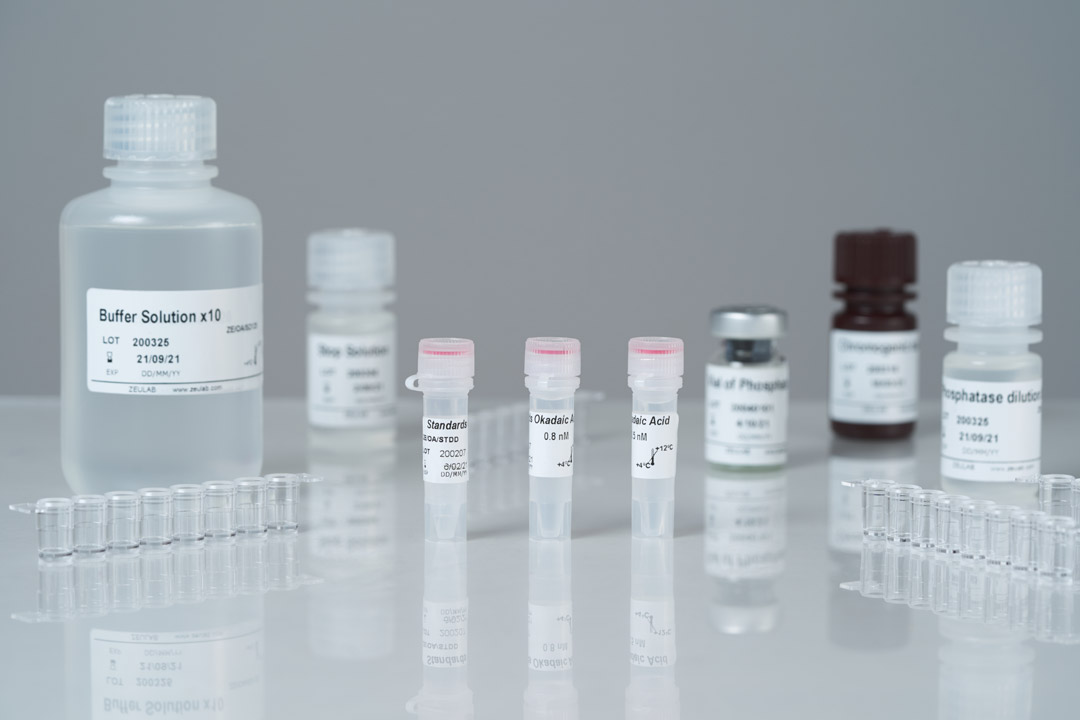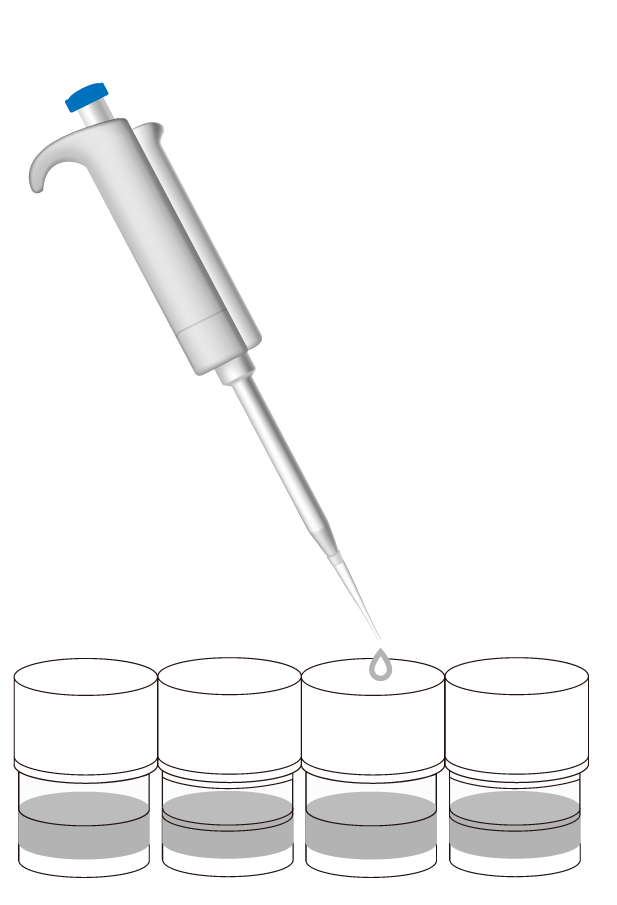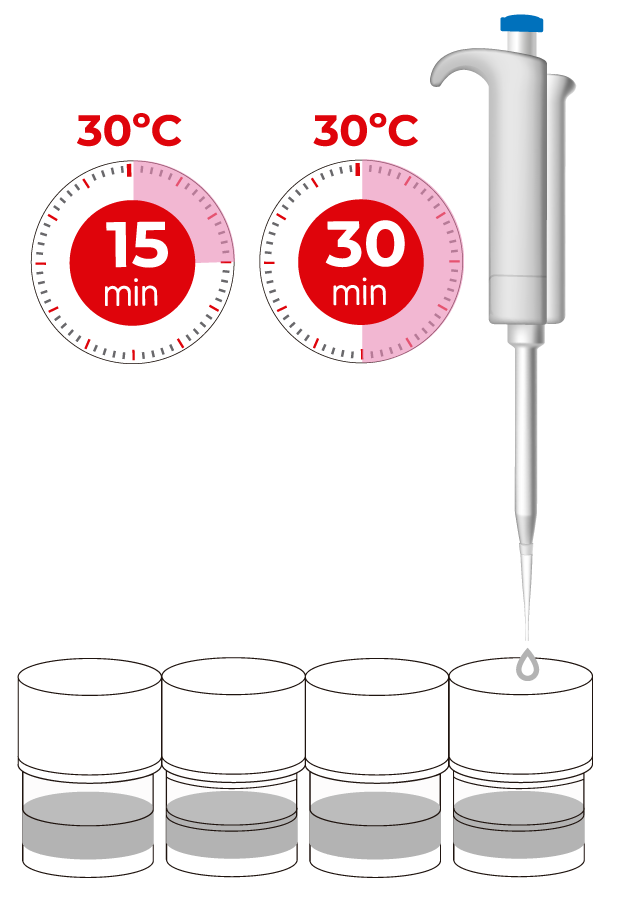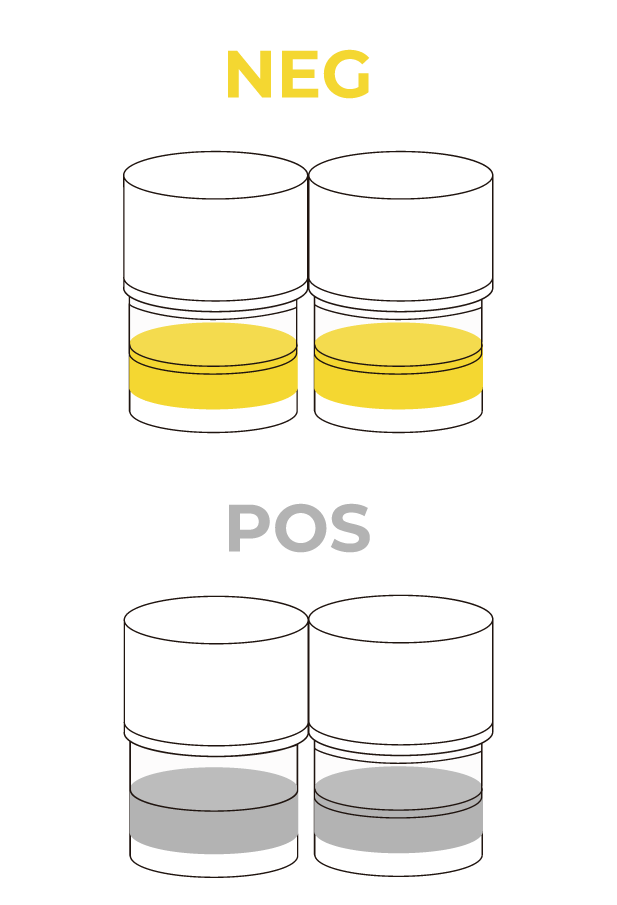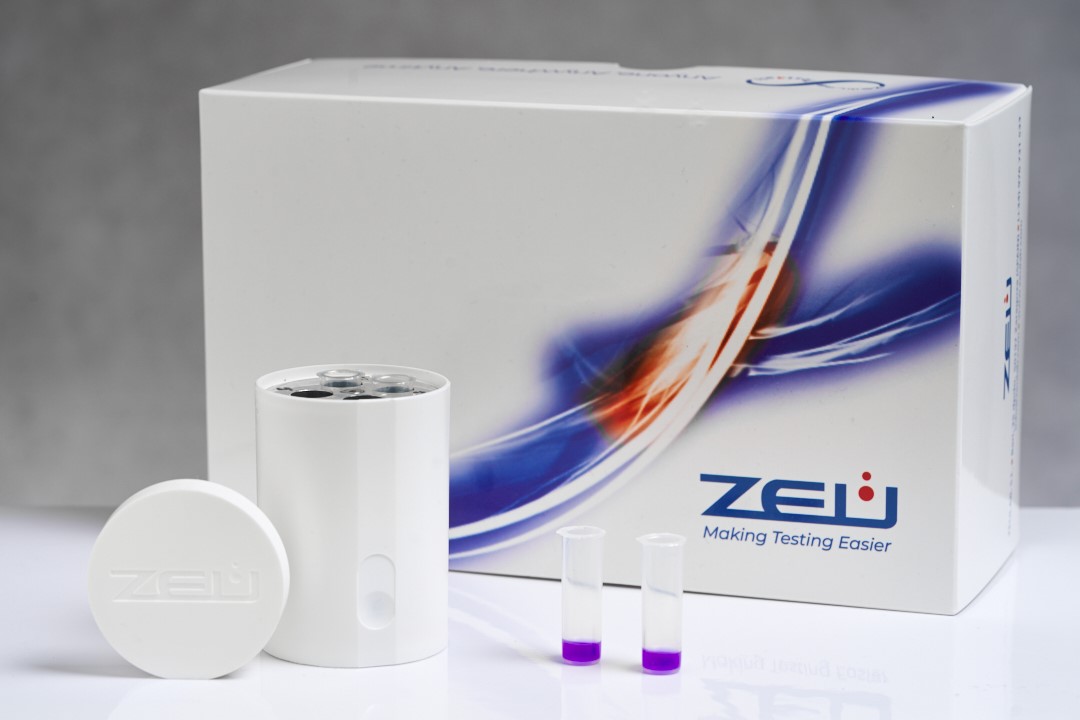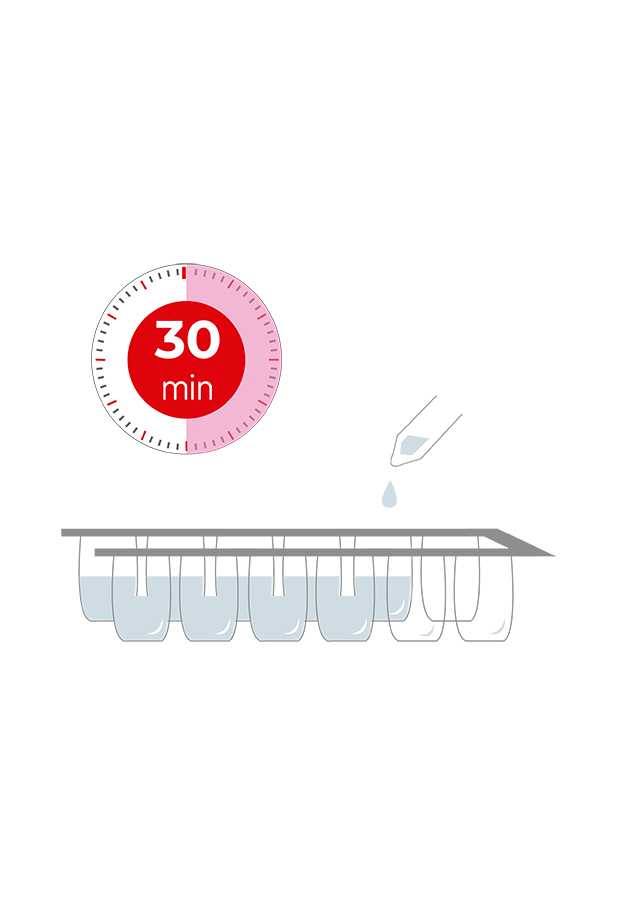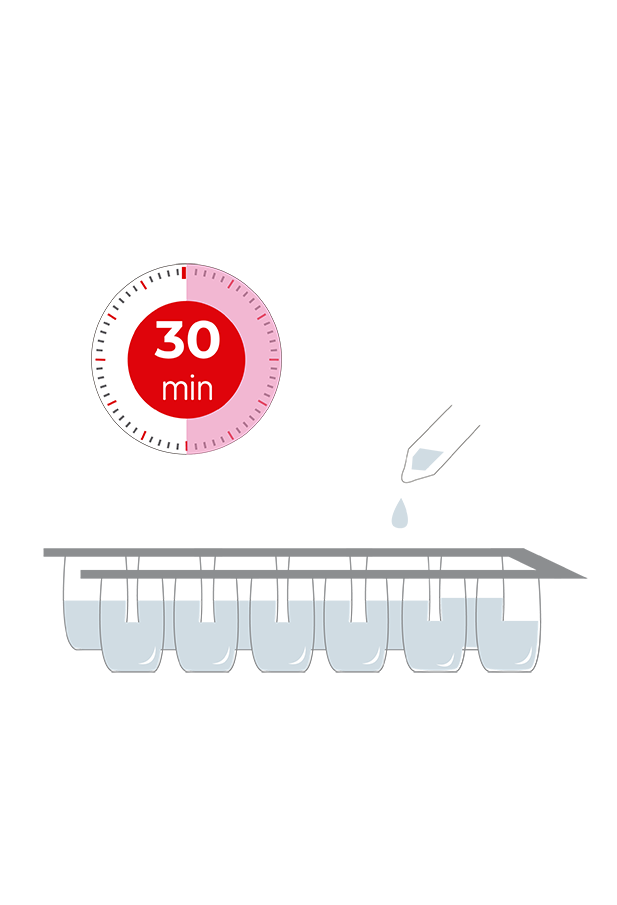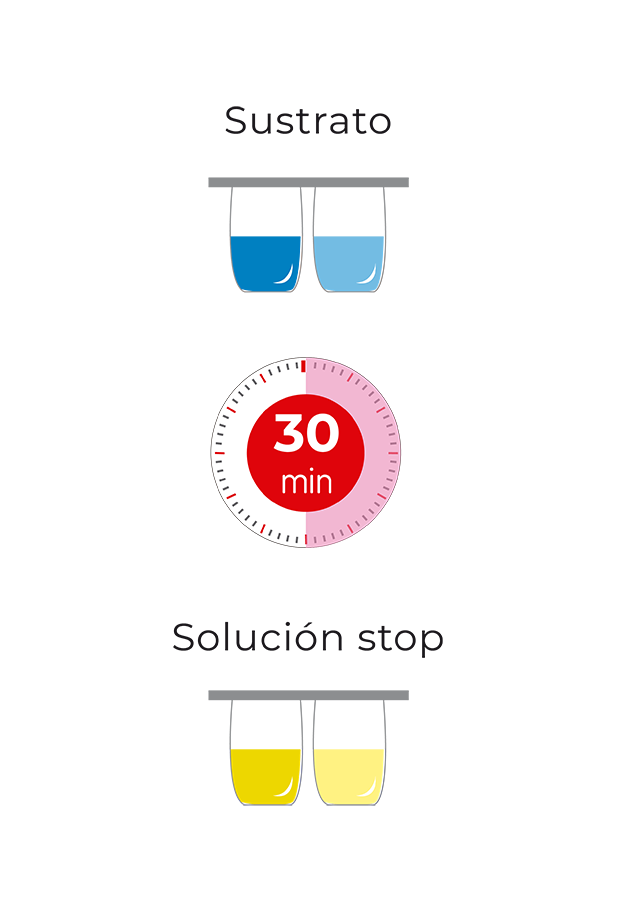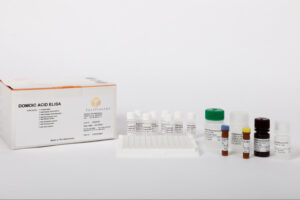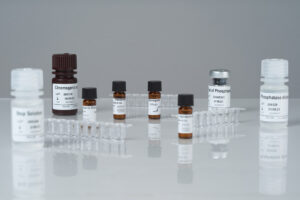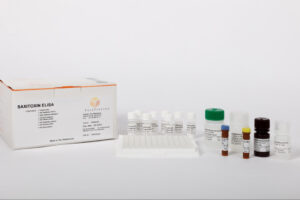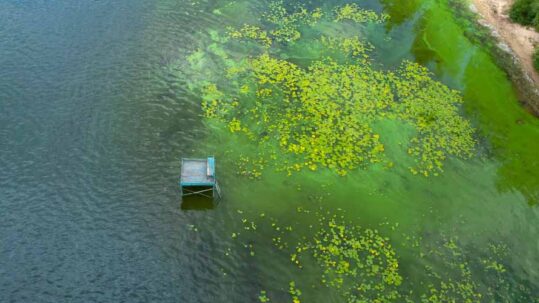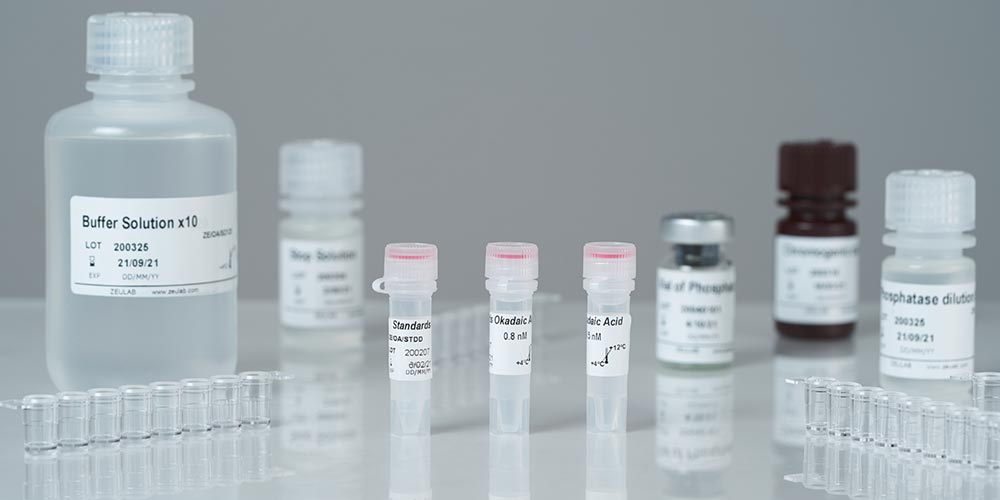HOW DOES IT HELP YOU?
Okatest can help you to choose the best area and time to harvest, preventing extraction of contaminated molluscs from areas near those ones closed due to presence of these toxins.
Performing shelf-control with Okatest before harvesting or as end-product testing you can assure molluscs are fit for consumption and avoid unnecessary process of contaminated products.
Okatest allows you to deliver results on the same day as you can process up to 43 samples in about 3 hours. In addition, you will be able to combine it with the reference method to get results for the whole group of lipophilic toxins in less time; as well as to follow up areas closed by okadaic acid.
OkaTest can therefore be used as a supplementary test to the reference method for determination of the OA-toxins group in molluscs according to the Commission Regulations (EC) No. 853/2004 and No. 15/2011 (http://www.aecosan.msssi.gob.es/en/CRLMB/web/public_documents/seccion/other_crlmb_standard_operating_procedures.htm)




